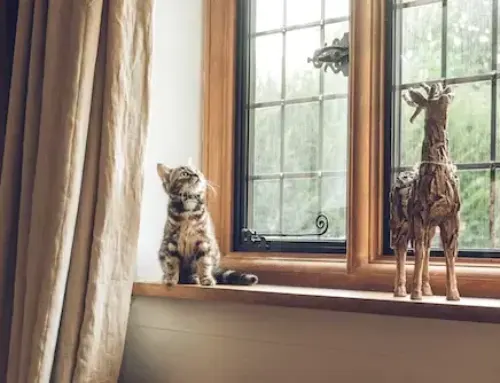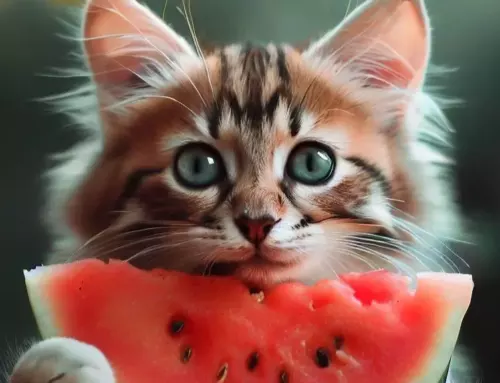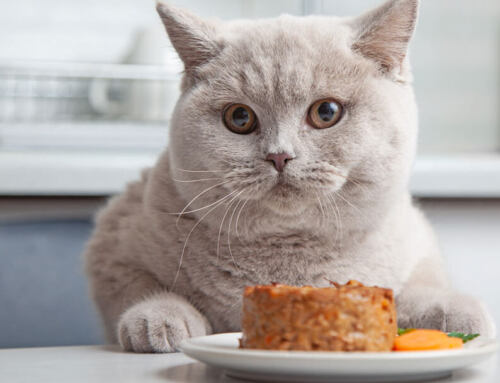Cat owners may have a hard time determining whether or not their feline pet is at a healthy weight, despite the fact that excess fat greatly increases the risk of disease and death. Thus, let’s dive into the question: how much should a cat weigh? Perhaps it seems like every other ad these days is dedicated to helping people slim down. Don’t tell me I need to get my cat into swimming suit shape now, you’re undoubtedly thinking. Not to worry; the focus here is only on what constitutes a healthy weight for your cat.
Age, sex, breed, and overall health are just a few of the factors that should be considered when estimating a cat’s ideal body weight. Statistics suggest that almost a third of all domestic cats in North America are clinically fat and that over half are overweight. Mid-sized cats should weigh no more than 8 pounds, therefore if yours has gained even 2 pounds, they are now 25% overweight! Keeping your cat’s weight below these limits requires constant vigilance.
How Much Should Your Cat Weigh? Understanding Healthy Cat Weight Ranges
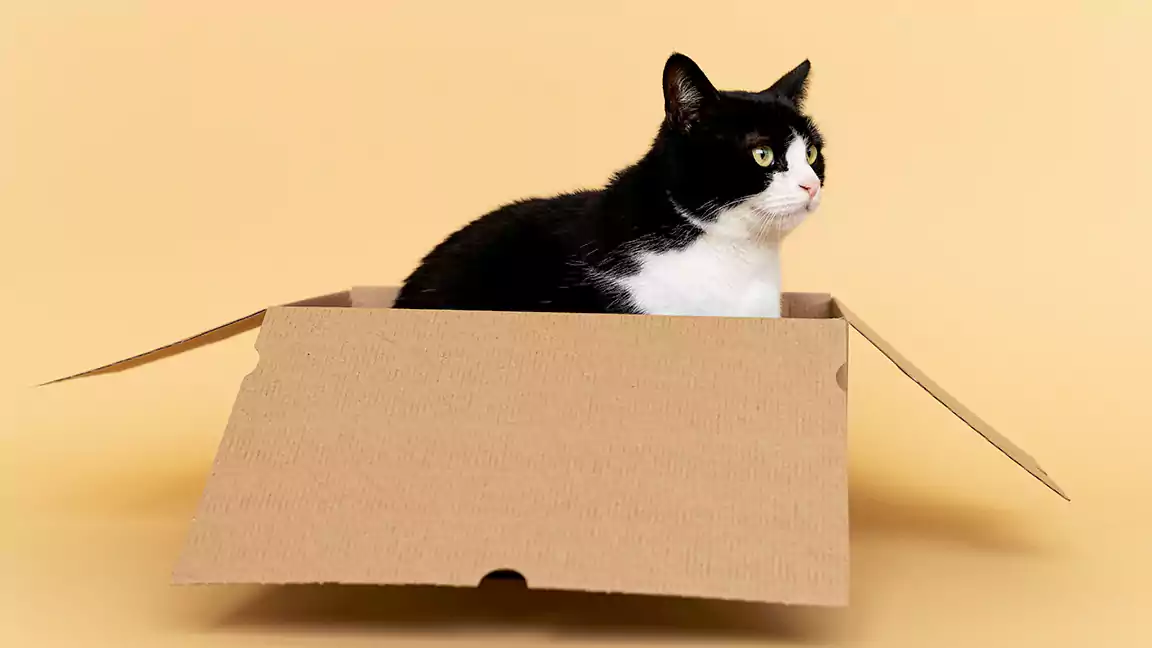
This makes it even more important to keep your cat at a healthy weight. Yet, should you aim for a benchmark? Aiming for certain weight ranges is possible, but keeping their weight constant is harder. A cat’s healthy weight range is breed-specific and unclear. Sexes may vary too.
Instead of utilizing breed standards, your physician can better determine your cat’s appropriate weight by evaluating them individually. Cat Size Issues Sites that provide “average” or “typical” cat sizes may not account for other factors that determine size. Siamese cats typically weigh 8–15 pounds. Males weigh 11–15 and females 8–12. Hence, a female Siamese weighing 15 pounds may be overweight, whereas a guy of the same weight may be healthy. Neither do those resources consider mixed-breed cats. Finding a normal weight range can be tricky if your cat is a mix of breeds. Now what?
How to Find Your Cat’s Optimal Weight More Accurately
While your veterinarian may use your cat’s weight as one indicator of health, there are many other factors they’ll consider when making a diagnosis. Using the BCS’s established standards, veterinarians can visually and physically determine if your cat is overweight or underweight.
How heavy should my cat be?
Heavy should my cat be depending on breed, age, sex, and body type? Domestic cats should weigh 7-12 pounds (3-5.5 kilograms). If your cat is drastically over or below this range, visit a veterinarian. Your vet can assess your cat’s weight and recommend food and activity.
Why Maintaining a Healthy Cat Weight is Important for Feline Fitness
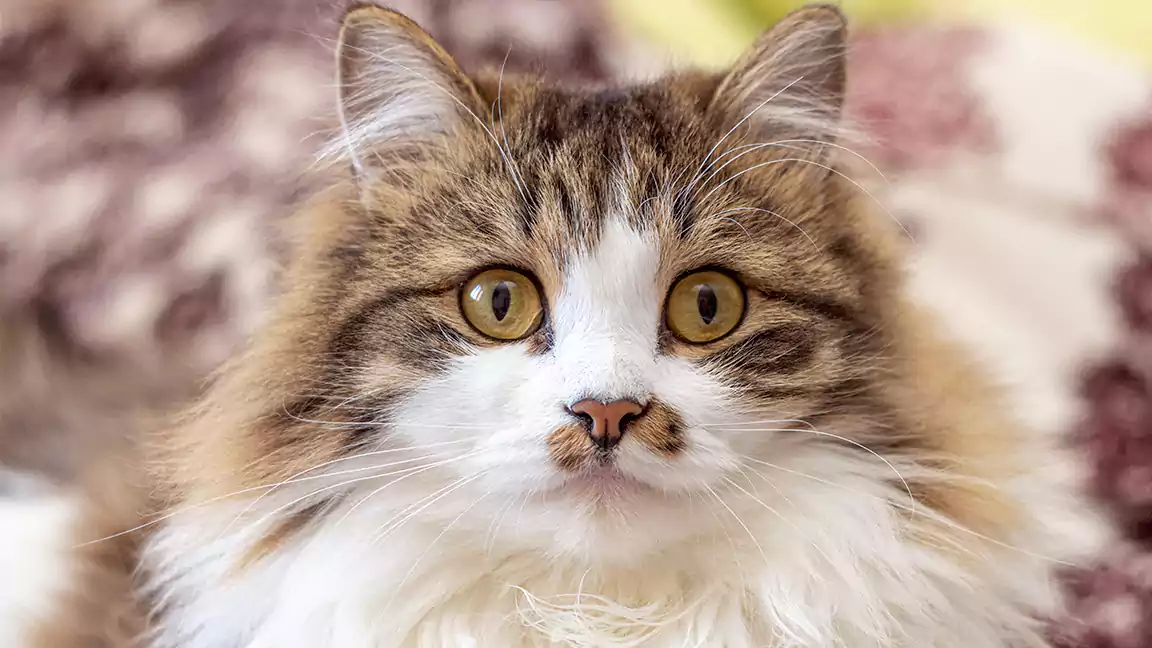
A healthy weight is best for cats. Obese cats may suffer from diabetes, joint pain, heart disease, and liver problems. A healthy weight improves a cat’s life and longevity. To prevent obesity, a balanced diet and exercise may keep a cat active, lively, and happy. So, cat owners should monitor their pet’s weight and keep it within a healthy range with adequate diet and exercise.
When Should I Worry That My Cat Is Fat?
Switching to a cat food formulated for weight management may help an overweight cat reach and maintain a healthy weight. It is also suggested that you talk to your vet to rule out any medical explanations for their weight growth. If your cat needs to lose weight, you may try to increase the amount of exercise it gets on a regular basis.
In If Your Cat Is Underweight, What Should I Do?
Some cats may be underweight, while many cat breeds struggle with obesity. If you’ve just gotten a new cat or taken in a stray, you may find this to be especially true. Your veterinarian may suggest increasing your cat’s current food intake or switching them to a higher-calorie meal if their BCS suggests they are underweight. Dr. Lobos suggests measuring the quantity of the food as well. When a cat rapidly loses weight or exhibits other unusual behaviors, such as drinking and peeing more frequently, a veterinarian will usually suggest blood work. Adult maintenance formulas are designed to assist people to keep off the weight they’ve worked so hard to lose.
What Factors Affect How Heavy Your Cat Should Be?

The ideal body weight of a cat depends on many factors, including the cat’s breed, age, gender, activity level, health, and whether or not the cat has been spayed or neutered. The typical weight of a cat breed might change depending on its size and build. Cats of all ages need more calories, but kittens and young cats especially do since they are growing and developing quickly, while senior cats, whose metabolisms may have slowed, need fewer calories to stay at a healthy weight.
Addressing the Public Health Concern of Pet Obesity: Methods for Maintaining a Healthy Weight
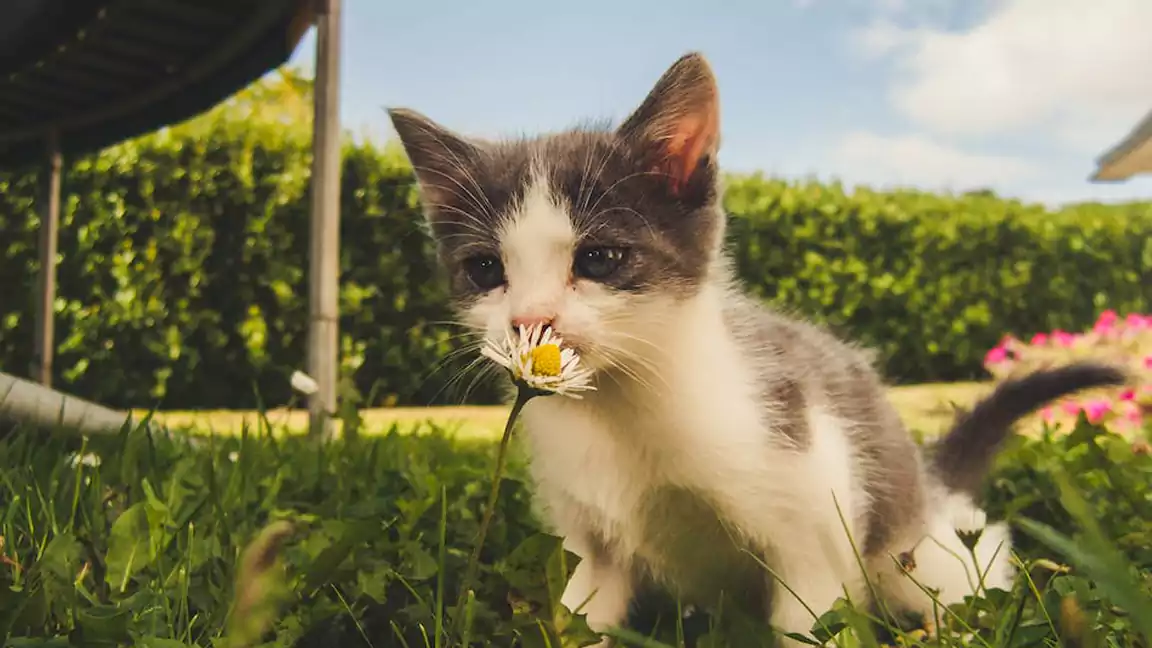
We’ve all heard about the epidemic of childhood obesity in the modern era, and there’s been a lot of public policy effort put into finding solutions to the problem. Did you know, though, that the furry members of our families face the same disease on a similar scale?
One third of cats and nearly half of dogs in Australia are overweight or obese, according to a recent academic study conducted in Australia. Considering that almost 28 percent of American children are overweight or obese, it’s clear that pet obesity is a more pressing public health concern that has to be addressed. With March being Weight Management Month at Clyde Veterinary Hospital, I figured it would be a good time to go over some of the greatest methods for keeping your pet at a healthy weight that you can begin using right away.
The Importance of Regular Weigh-ins for Your Cat’s Health
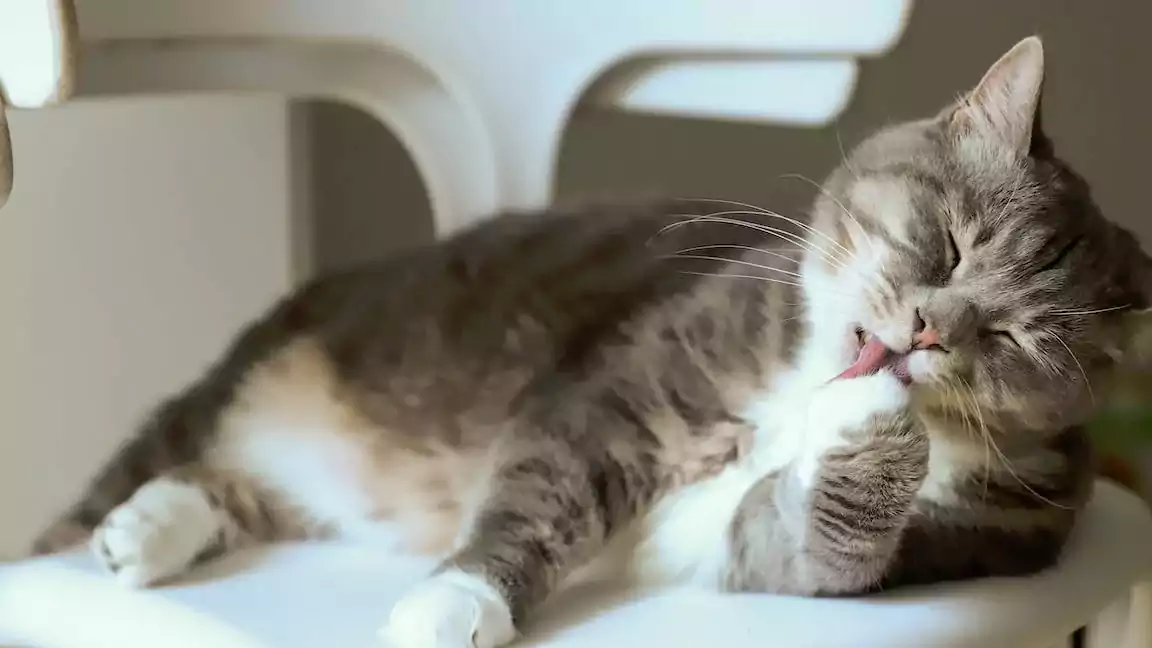
Maintaining a healthy weight for your pet decreases its vulnerability to conditions including diabetes, hypertension, respiratory illness, and more. The American Veterinary Medical Association reports that every extra 10 percent of your pet’s weight can cut its lifespan by more than two years. One-third of the cats and dogs who went to a Benfield Pet Hospital in 2017 were overweight or obese, according to a research of almost 2.5 million dogs and 500,000 cats. The study found that the health care costs and prescription costs of owners with overweight dogs were higher by 17% and 25%, respectively. A survey found that diagnostic treatments for overweight cats cost their owners 36% more than those for normal weight cats.
Understanding the Difference between Normal Cat Weight and Overweight
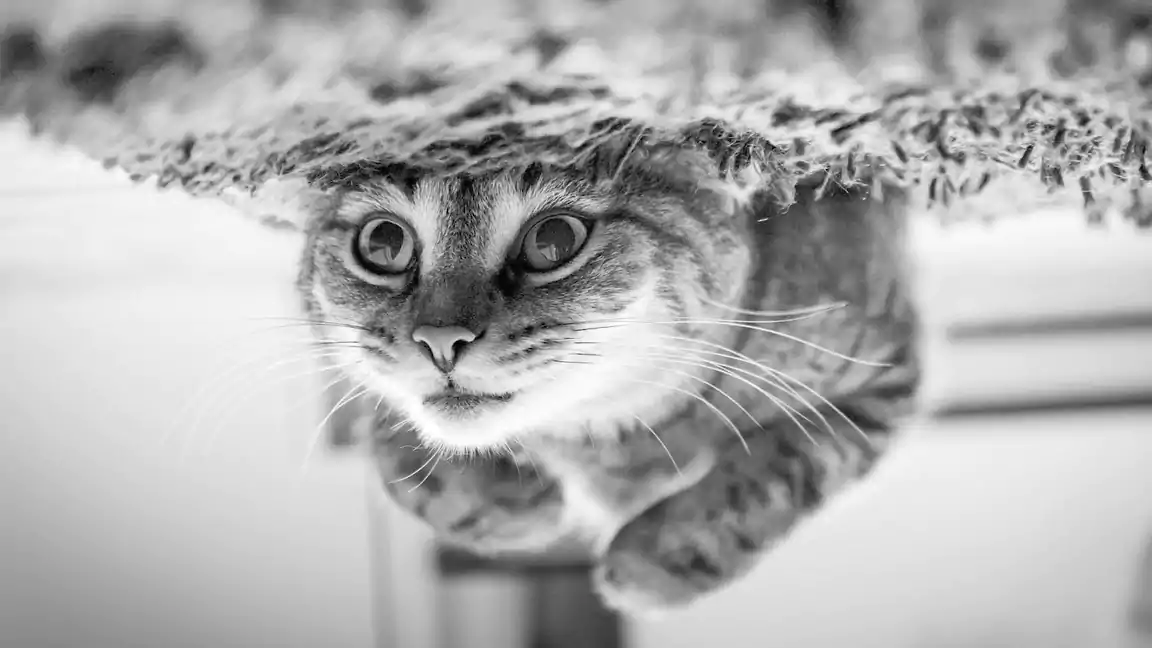
Cats’ healthy weight ranges depending on breed, age, and gender. A healthy adult cat weighs 8–10 pounds. If it’s much bigger or smaller than this, a vet should evaluate the cat’s diet and activity. Yet, an overweight cat is unhealthy. Overweight cats may have rounder bellies, movement issues, and lethargy. Overweight cats are more likely to develop heart, joint, and diabetic issues. A body condition assessment system can help veterinarians identify overweight cats. A conventional scale scores the cat’s overall health, including muscular tone and body fat. . They can help you manage your cat’s weight with nutrition and exercise.
How to Help Your Overweight Cat Achieve a Healthy Weight
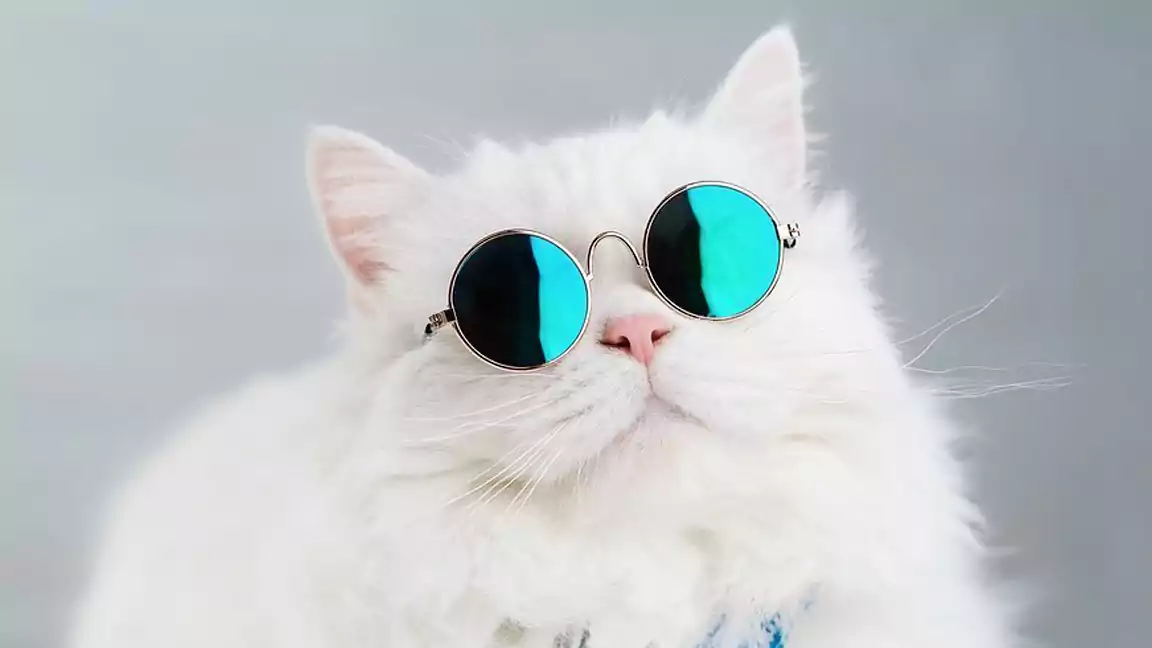
Ignore Their Need to Eat and Defecate
Indoor cats gain weight due to their lack of exercise desire. Give your cat more food and toilet options to encourage it to move. Hide your cat in a new area daily to exercise and stimulate them. .
Employ a feeding ball or treat toy.
If fed, cats will work. Reward toys and feeding balls can be bought or constructed to get your cat moving for treats. They enrich mealtime and exercise the mind and body. These toys release food slowly, helping your cat consume more slowly.
Meals should be spaced out
Cats fed once daily are more inclined to overeat. It’s preferable to feed them many times. Your cat won’t be hungry if you feed it throughout the day. This procedure might also adjust your cat’s diet or feeding amount. By feeding your cat more often, you can minimize its calorie intake and stop it from complaining.
Supplement or Swap Out Coffee for Water
Water in your cat’s bowl can help it feel full if you’re feeding it less. Dehydrated food needs more water. Water solves cat dehydration. Watering canned or wet food does the same thing. Give your cat clean water instead of food unless it’s dinner. Give your cat water when you offer it to delay hunger.
30 Minutes of Free Play
Cats are naturally hilarious. Use a variety of toys to play with your cat for at least 30 minutes everyday. ц Put it on your daily “to-do” list to remember to set aside time. Play with your cat instead of feeding it if it begs. When you’re paying attention, some cats forget they’re hungry.
Take a Stroll
Take your cat or guinea pig for a walk, too! If your cat can handle it, walking about the neighbourhood is excellent for both of you. Texas Humane Heroes recommends walking a cat with a harness and leash, not a collar. Give them lots of treats to make leash walking fun. Let your cat lead on a leash until they become used to it.
The Average Cat Weight: How to determine if Your Cat is at a Healthy Weight
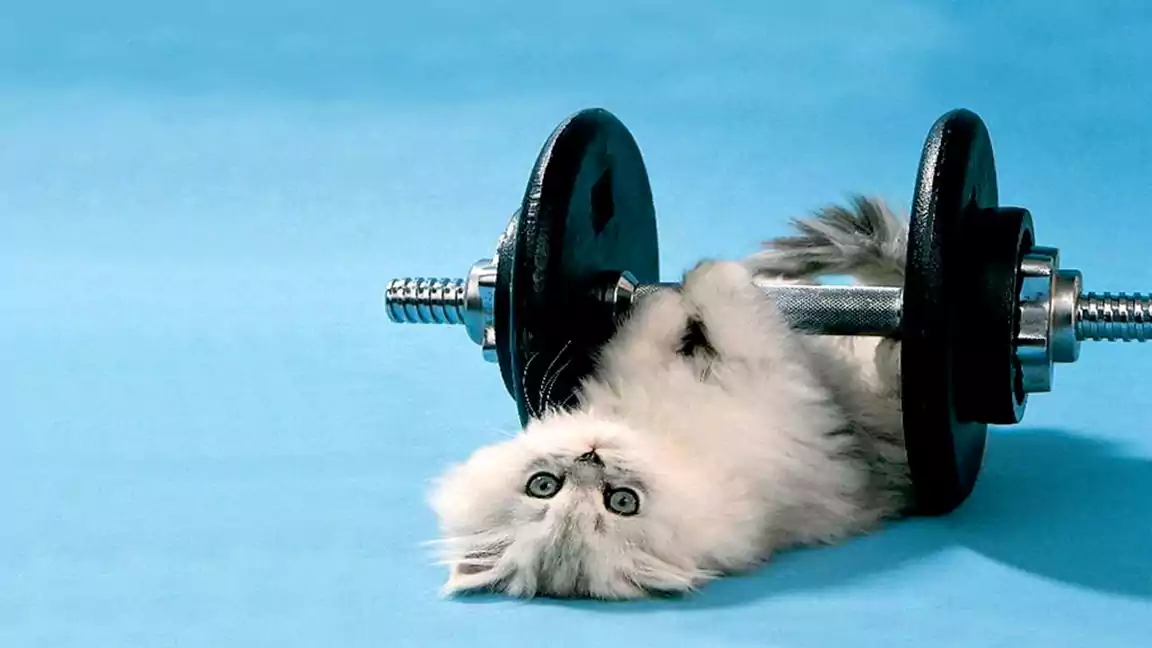
A healthy adult cat’s weight can range from around 10 to 20 pounds, depending on factors like breed, age, and gender. A healthy adult cat, however, should weigh somewhere between 8 and 10 pounds. A veterinarian should assess whether or not the cat’s food or activity routine needs to be adjusted if it is significantly larger or smaller than this. By observing your cat’s overall condition, you can get a sense of whether or not it is at a healthy weight. Some things to keep an eye out for are:
First, the ribs should be easily palpable when you run your hands along your cat’s sides. It’s a sign of obesity if you can’t feel your cat’s ribs. Second, the cat should have a defined waistline that ends just behind the ribs when viewed from above. You should be concerned if your cat has no waistline and is round all around. A cat’s belly should be tucked up and not dangling down. When the tummy of your cat sags, it’s a sign that it’s carrying extra weight. It’s important for a cat to be active and have good mobility if it’s in good health. Your cat may be overweight if it lacks energy and has trouble getting about.
Common Health Issues Associated with Obesity in Cats
Obesity stems from excess fat. A cat’s weight indicates obesity since excess fat increases mass. This method is easier than measuring body fat. Overweight cats are 10–20% heavier than their ideal weight. Obese cats are over 20% heavier than normal. Overweight cats live shorter and are sicker. Overweight cats live shorter. Obesity cats (8-12 years old) had a 2.8-fold higher mortality rate. A large, long-term study found that moderately overweight Labrador Retrievers lived two years less than thinner ones. . If we tested obese cats, we could get similar results.
Exercise and Diet: How to Help Your Cat Achieve Feline Fitness and Maintain a Healthy Weight
Obesity stems from excess fat. A cat’s weight indicates obesity since excess fat increases mass. This method is easier than measuring body fat. Overweight cats are 10–20% heavier than their ideal weight. Obese cats are over 20% heavier than normal. Overweight cats live shorter and are sicker. Overweight cats live shorter. Obesity cats (8-12 years old) had a 2.8-fold higher mortality rate. A large, long-term study found that moderately overweight Labrador Retrievers lived two years less than thinner ones. . If we tested obese cats, we could get similar results.

